How to Spot a Credit Card Skimmer
About 47% of Americans have fallen victim to at least one instance of credit card fraud in their lives. The most common method of credit card fraud is committed through the use of skimmers that are installed on ATMs and gas station pumps. These devices are inconspicuous, but once active, they automatically collect credit card information and transmit it to scammers.
This blog will help you learn how to spot credit card skimmers and keep your cards safe and secure.
What Is a Card Skimmer?
A credit or debit card skimmer is a malicious device that can be attached to legitimate card readers, most frequently ATMs and gas station pumps. These electronic devices contain data-collecting tools that steal card information when you swipe your card. Some skimmers also include a stealth camera that records your PIN code. This allows scammers to access your account information and commit fraud.
Card skimmers are inconspicuous as they are savvily incorporated into the reader to blend into its hardware. Typically, they are found in areas that aren’t highly supervised, as scammers need to have time to manually install the skimmer without being observed.
What Happens If Your Credit Card Is Skimmed?
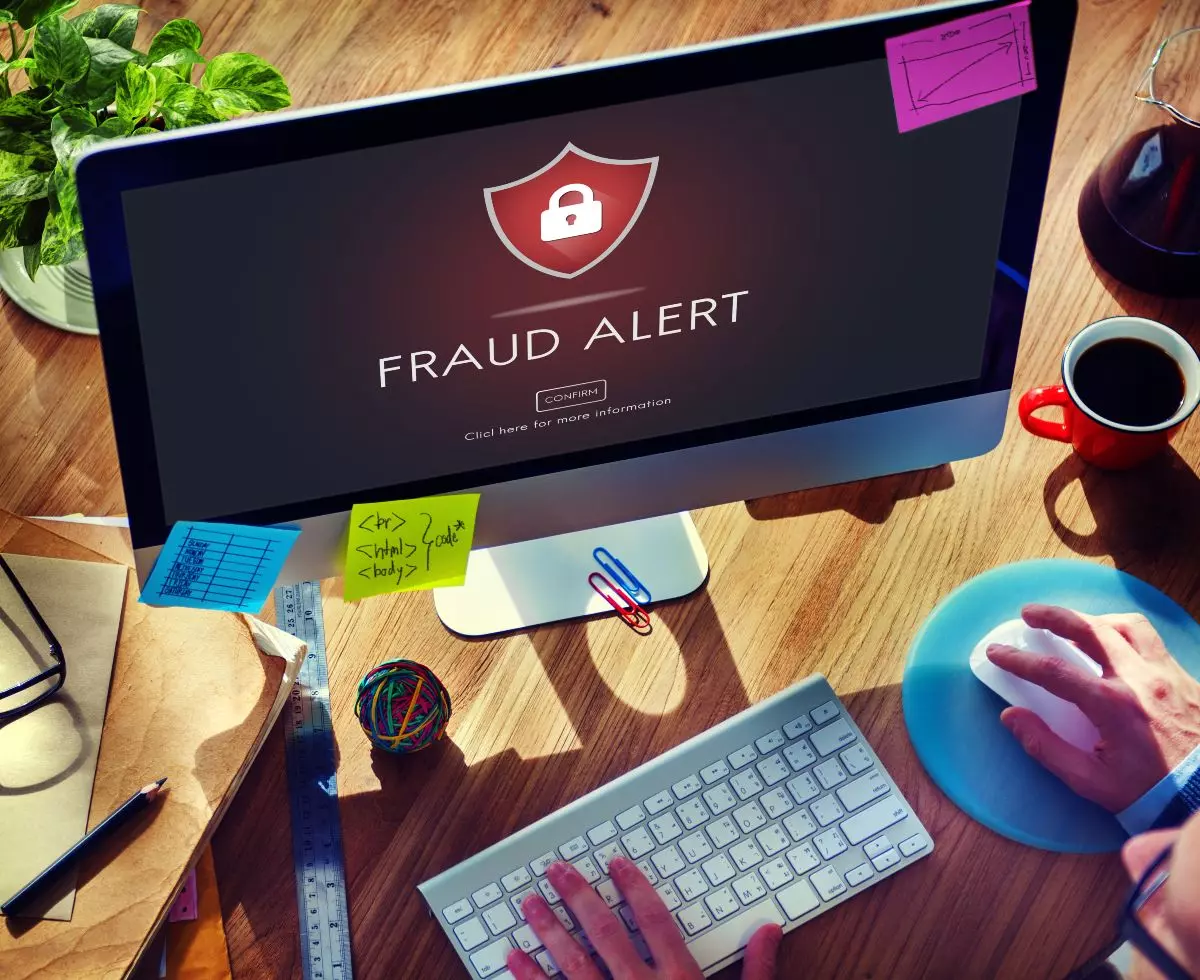
When you swipe your card at a compromised ATM, the skimmer will collect your card details. Then, the skimming device sends your data to the scammer who installed the device. Once your credit card details are in the scammer’s hands, they can use them to do any of the following:
Commit Identity Theft
Your credit card information allows scammers to steal your personal information to commit fraudulent activities. They can apply for loans, commit tax fraud, and purchase expensive items using your name. This can seriously damage your credit score and cost you hundreds and thousands of dollars.
Make Over-The-Phone or Online Purchases
Whoever holds your credit card information can buy anything online with it. This type of theft is referred to as “card-not-present” fraud. Common purchases by scammers are usually pricey items that can bury you in debt.
Sell It to Third Parties
Another person’s personal data is valuable information on the black market, so a scammer might sell it. Your information can be copied onto counterfeit credit cards and used for large-sum purchases or many of the other fraudulent activities previously mentioned.
Contact your bank immediately if you notice or even suspect that your credit card has been skimmed. The bank will freeze and cut off access to your card, preventing others from using it. Your bank will need to confirm your identity and the unauthorized activity. Once they have confirmed this information, they may reverse the payments and send you an updated card with a new number.
Identifying Credit Card Skimmers
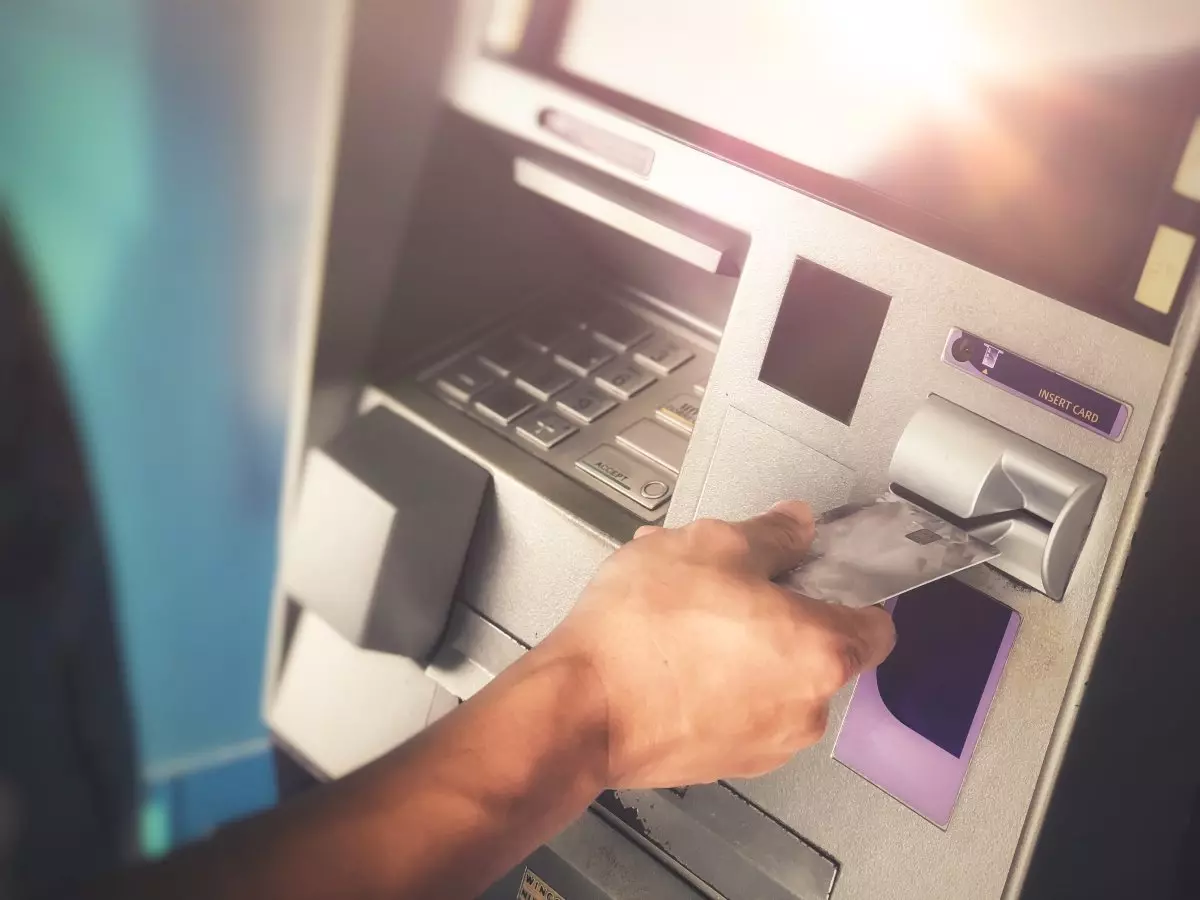
Credit card scammers make sure to insert the skimmers as subtly as possible. However, exercising constant awareness and using supportive technology can help you protect against potential theft. Here are some tips on how to spot ATM and gas pump skimmers:
Visual and Physical Inspection
Whenever you approach an ATM or a gas station pump, always inspect the machine before inserting your card. Don’t use it if you notice an unusual appearance, such as different colors, materials, or graphics that don’t match the rest of the design.
Sometimes, skimmers attach plastic or bulky material that sticks out from the machine and can be a little skewed and off-center. Also, it would be practical to look inside the mouth of the card reader. If it seems like there’s something unusual inside, it’s better not to use it.
Another place worth paying attention to is the keypad and checking if it looks authentic. If you notice another layer attached to the ATM’s keypad, it can easily be a credit card skimmer. Skimmer devices can also be found in the form of cameras near the speakers or the side of the screen.
As for the credit card scanner at gas station pumps, always check the pump first. Don’t insert your card if the scanner is open, unlocked, or looks like it has been tampered with. Instead, look for another gas station pump with a green lock symbol near the card reader. This shows that the reader is encrypted and protected against tampering.
For extra protection, you can also touch the card reader to spot any external materials that shouldn’t be there. According to Lt. John Faine, criminal investigations section commander in Warren County Sheriff’s Office: “most people get a weird feeling like the slot had been tampered with.” If the reader is not smooth and feels loose or wiggles, it can have a skimmer inside.
Verifying Tech
While our hands and eyes can help detect skimming devices on card readers, sometimes they may not be enough. More sophisticated thieves can insert devices in a way that is impossible to catch with the human eye. For these cases, it’s always better to use skimmer verifying tech to avoid using a compromised ATM or gas pump.
There are a variety of mobile apps that have been developed to detect skimmers. One of these apps is Bluetana, which helps find Bluetooth signatures inserted by scammers. The Skim Reapers is also a physical device that finds and eliminates credit card skimmers. The device looks exactly like a credit card that you insert into the reader, and it tells you if the reader has a skimmer installed.
How to Keep Your Card Safe
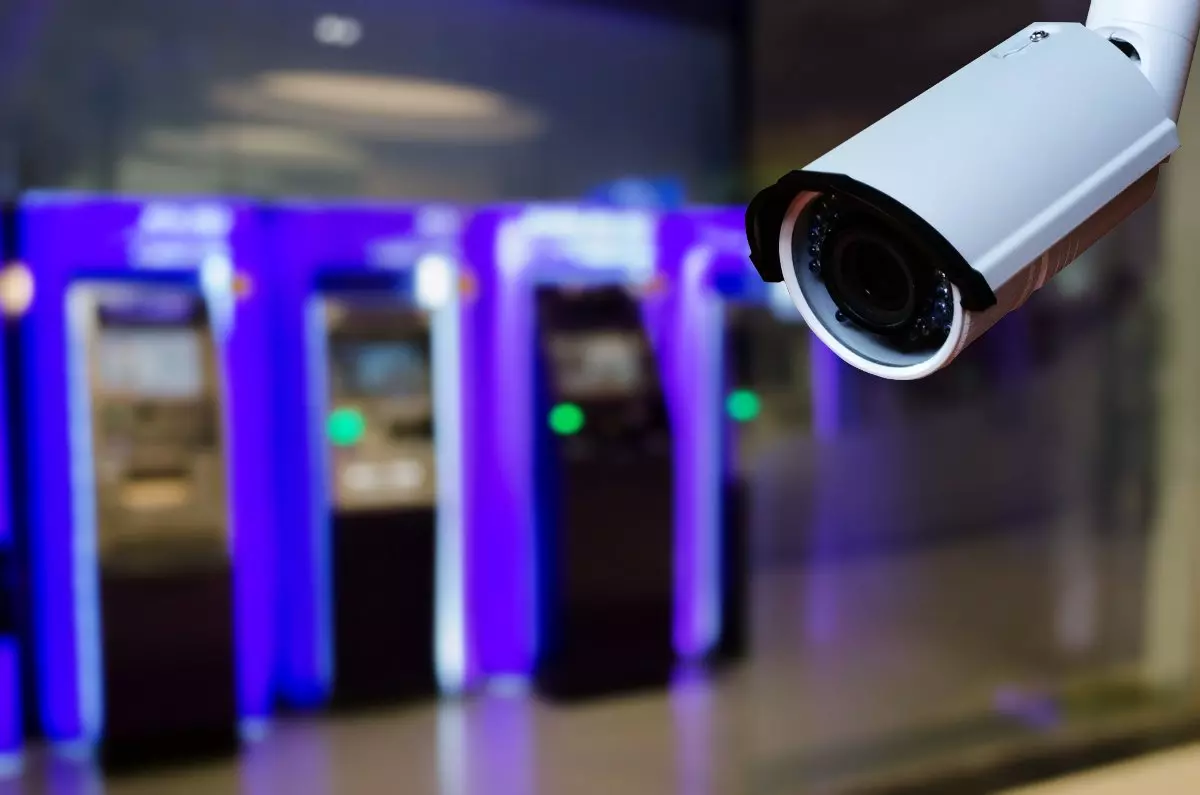
Being alert and cautious is crucial for keeping you safe from credit card scams. There are several ways you can safeguard your credit cards from potential theft. This includes only using certain types of ATMs, possessing certain types of cards, and signing up for fraud alerts.
Use Supervised ATMs
First, it would be wise to avoid inserting your card into non-bank ATMs. Some ATMs are associated with certain banks, while others are independently owned and operated. The FICO Card Alert Service reports that credit and debit card compromises are growing at non-bank ATMs. In fact, credit card skimming has risen 700% in the first half of 2022. So always try to find a legitimate bank ATM instead of using the nearest one.
Supervised ATMs are generally safer as they always have cameras attached to them that oversee all interactions. Therefore, they can record anyone trying to tamper with the machine and immediately send a warning to the bank. Also, these ATMs are usually located in crowded areas with a lot of foot traffic, making it more challenging for scammers to install a skimmer on them inconspicuously.
When at a gas station, try using the machines closest to the building and the employees, as they are less likely to be tampered with. Also, every time you interact with an ATM, cover the keypad with your hand to prevent possible tampered cameras from capturing your information.
NFC Transactions
Whenever possible, try not to swipe your credit or debit card. Modern technology like Apple Pay, Android Pay, or Samsung Pay allows you to interact with ATMs through near-field communication (NFC) transactions. NFC technology powers contactless mobile payments. It allows two devices in close proximity to communicate and transfer information securely.
When these two devices come into contact, they generate a one-time code to perform the transaction. NFC technology tokenizes your credit card information without exposing your personal data. In fact, almost all ATMs in the U.S. support contactless payments.
While mainly prevalent in ATMs and gas station pumps, credit card skimmers can also be found in restaurants and retail stores. To protect yourself from these instances of potential fraud, use NFC contactless payment options. To enable contactless transactions, you need to turn on the NFC function on your phone and add your card to your digital wallet.
Use Credit Cards With a Chip
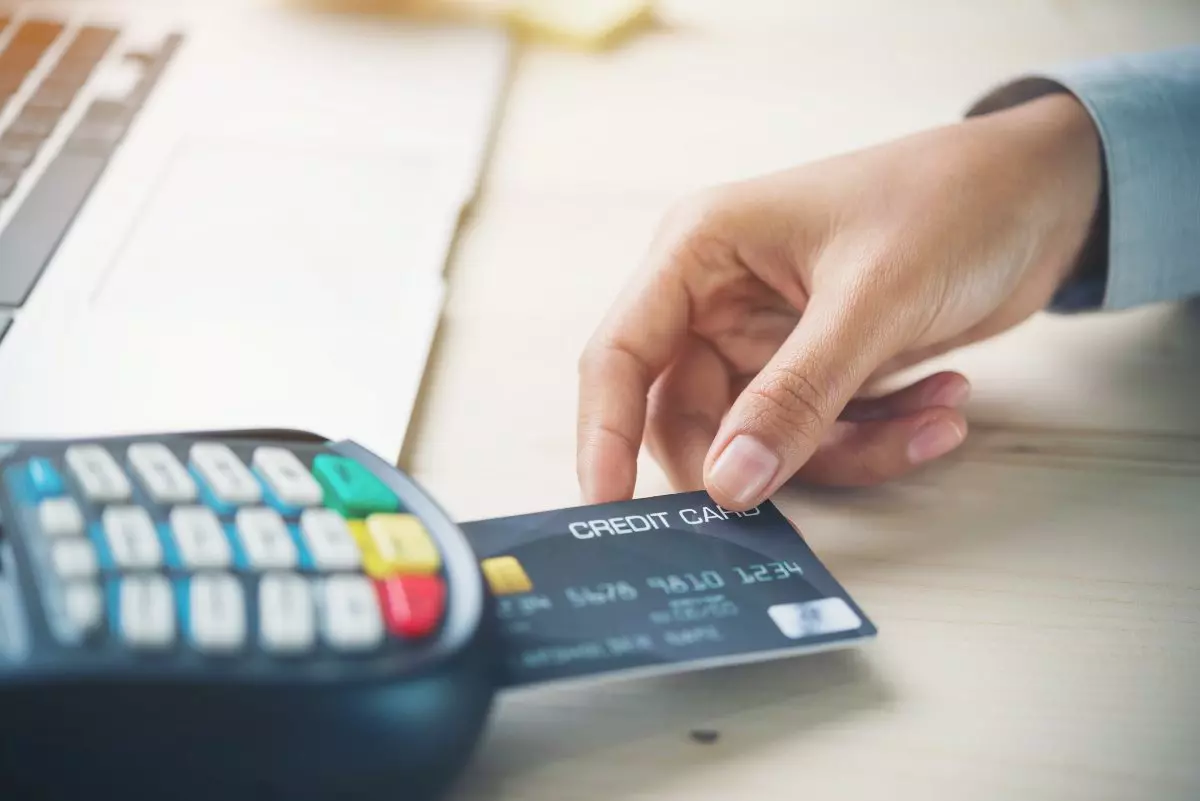
Europay, Mastercard, and Visa (EMV) chip cards are credit cards with tiny gold or silver chips embedded in them. These chips manage your transactions more securely and make it harder for scammers to copy information from your account.
EMV chip cards came to replace magnetic-stripe cards, which were way easier to hack. Unlike magnetic-stripe cards, the information stored on EMV cards is encrypted uniquely each time you access them, making them less prone to being attacked by fraudsters. Therefore, when you’re at the gas station, avoid swiping the stripe reader and instead use the chip reader if it is available.
Use Credit Cards Instead of Debit Cards in Remote Areas
Whenever you have no other option than to use an unsupervised ATM, try using your credit card instead of a debit card. This is because debit cards are immediate transactions that can be hard to reverse after completion. Conversely, the money on your credit card is unavailable on the spot. Rather, you pay that money in installments, which may be easier to reverse.
Many credit cards have a zero liability policy, which grants no responsibility to the cardholder to pay back the funds to the bank in case of fraud. It may also take some time until the money is actually withdrawn from your credit card. But also be careful with overusing your credit card where you don’t have to, as it can lead to unfavorable consequences.
Sign Up for Credit and Debt Alerts
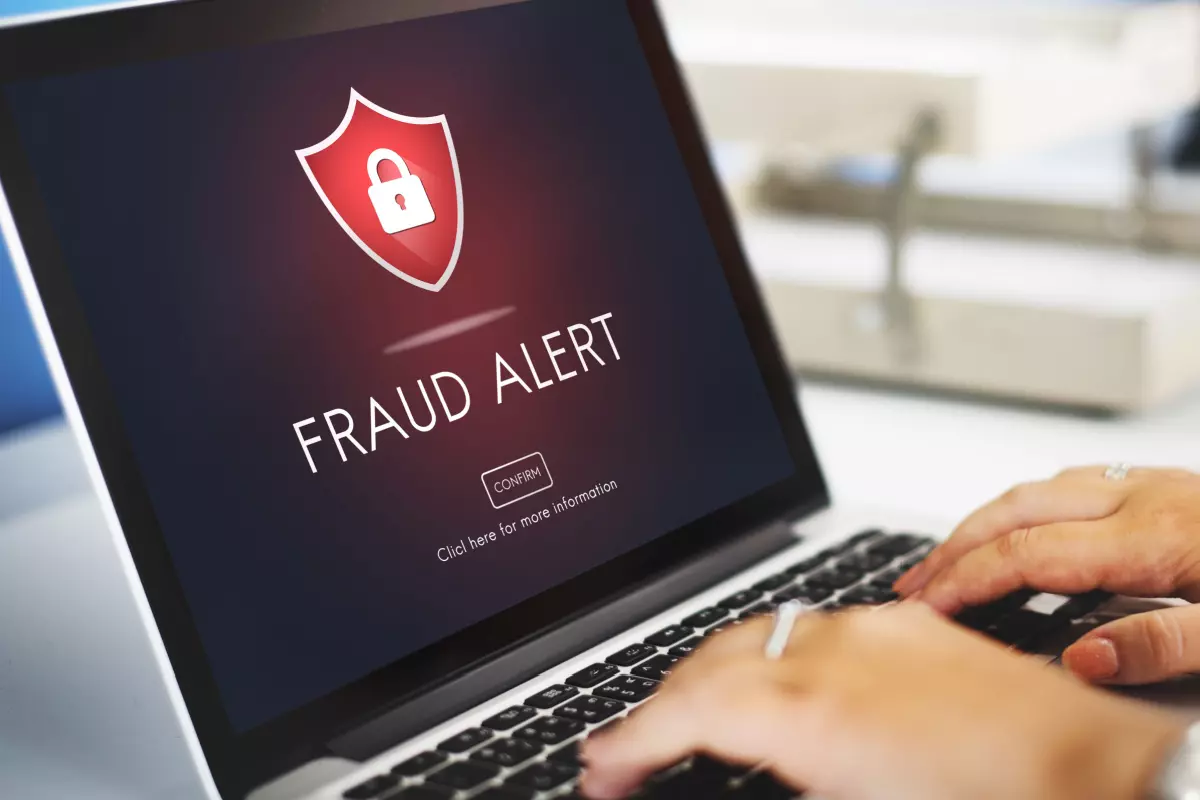
One way to protect your card and catch fraud on the spot is by signing up for credit and debit alerts. Some banks may offer this service at no added cost by sending text messages every time you make a transaction with your credit card. If you receive a notification about a suspicious transaction that you have not made, you can contact the bank immediately and ask them to freeze your account.
Wrapping Up
In this blog, we saw how to spot a credit card skimmer and protect your cards from malicious attacks. These miniature devices are usually placed on card readers unnoticeably and steal your card information when you interact with the machine.
Once your personal information ends up in the hands of fraudsters, they can max your credit cards or even damage your credit score. Before using a credit card reader, always inspect the machine visually and physically to check whether there are suspicious-looking items. You can also protect your credit cards by making wireless transactions instead and signing up for credit card and debit alerts at your bank.
If you feel like you’ve fallen victim to a credit card skimmer, contact your bank immediately. They will likely freeze your account and send you a new credit or debit card with an updated number.
FAQ
What Does a Card Skimmer Look Like?
A credit card skimmer is a tiny electronic device placed on card readers such as ATMs and gas station pumps. They can be around or inside the mouth of the reader, on the keypad, or in the form of cameras that record the keypad.
How to Check for a Credit Card Skimmer?
To check for a credit card skimmer, inspect the reader visually and physically, especially the vicinity of the mouth of the reader and the keypad. You can also acquire a device or download an app that verifies the reader’s security before inserting your card.
How to Avoid Credit Card Scams?
It’s always better to stay as alert as possible and avoid unsupervised ATMs. Also, opt for NFC transactions and avoid swiping your credit card wherever possible. Additionally, use credit cards instead of debit cards when you have no choice but to use an unsupervised ATM, as you may be able to reverse the transaction more quickly in the event of fraud.
Table of Contents
- What Is a Card Skimmer?
- What Happens If Your Credit Card Is Skimmed?
- Commit Identity Theft
- Make Over-The-Phone or Online Purchases
- Sell It to Third Parties
- Identifying Credit Card Skimmers
- Visual and Physical Inspection
- Verifying Tech
- How to Keep Your Card Safe
- Use Supervised ATMs
- NFC Transactions
- Use Credit Cards With a Chip
- Use Credit Cards Instead of Debit Cards in Remote Areas
- Sign Up for Credit and Debt Alerts
- Wrapping Up
- FAQ
- What Does a Card Skimmer Look Like?
- How to Check for a Credit Card Skimmer?
- How to Avoid Credit Card Scams?